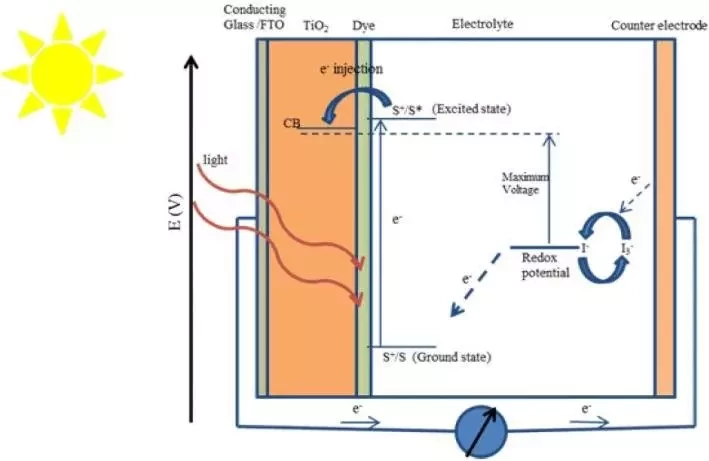21.02.2024
Windows with solar panel function.

The energy revolution is just around the corner. Researchers in the field of new technologies have already developed solar panels for window frames several years ago. Performing the functions of windows, they collect solar energy. Work in this direction is still ongoing in Europe, the United States and even in our country.
It will soon be possible to access cheap solar energy no matter where we live – every home and every modern skyscraper will be able to generate its own electricity.
The technology is based on a special coating that captures photons of incoming light and uses their energy to excite electrons. Thus, the painted elements begin to produce electricity immediately after light hits their surface. Classic panels are made of silicon, so they are completely opaque. The new type of material can be used as window glass.

Different types of coating have been developed. Currently, two types of window radiators are produced – on flexible substrates and on glass bases.
Flexible options resemble tinting film, they are glued to transparent structures. Their light transmittance is about 70%, which does not actually reduce the level of illumination of the room. They are made of flexible composite material, which is similar to plastic.
The second type of transparent panels involves applying a two-layer film to tempered glass. A thin film of amorphous silicon is applied to a tempered glass substrate (in some cases, triplex). A transparent silicon microfilm is sprayed on top of it. The microfilm converts IR rays, and amorphous silicon converts the visible spectrum.
But there are other developments.
One of the proven types of solar panels was created by engineers at the University of Michigan. They consist of transparent luminescent solar concentrators – TLSC. Made of cyanine, TLSC are able to absorb invisible solar radiation, including infrared and ultraviolet, and pass through the remaining visible rays. These devices are transparent to the human eye, but they absorb some of the sunlight, which is then converted into electricity. The researchers claim that the service life of their development is more than 30 years.
The glass created by engineers has 50 percent transparency and a greenish tint, which allows it to be used as a material for windows. In addition, specialists have developed a method that allows scaling up the production of panels.
A team from ITMO University in Russia has developed a cheaper method for producing transparent solar cells. Head of research Pavel Voroshilov spoke about the development of Russian scientists: “For our experiments, we took a solar cell based on small molecules and attached nanotubes to it. Then we doped the nanotubes using an ion gate. We also processed the transport layer, which is responsible for ensuring that the charge from the active layer successfully reaches the electrode. This was possible to implement in ambient conditions.”
The latest development of scientists is a version of windows, where the material is a film of semiconductor polymer, which is saturated with carbon "balls" of fullerenes. This is a spherical closed molecule, consisting of sixty carbon atoms, a natural, environmentally friendly material.
In 2017, the Rabobank building in the Netherlands was fitted with 300 square feet of PowerWindow windows, developed by the Dutch technology company PHYSEE.
In September 2021, Nippon Sheet Glass (NSG)'s Chiba, Japan, skyscraper became the first building in the country to feature solar-panel windows. The windows were created by Ubiquitous Energy. Ubiquitous Energy's windows are also installed on the Boulder Commons II commercial building in Colorado.
It is clear that the largest share of the solar window market will be in Europe and the US. But it is also obvious that the high initial cost of solar windows will hinder the growth of this market.
Another disadvantage of such windows is their low electrical power. No technology yet allows making transparent solar panels powerful enough, but this factor will be overcome in the near future. We are following the development of technology.
The article was useful to you?
5
108
0